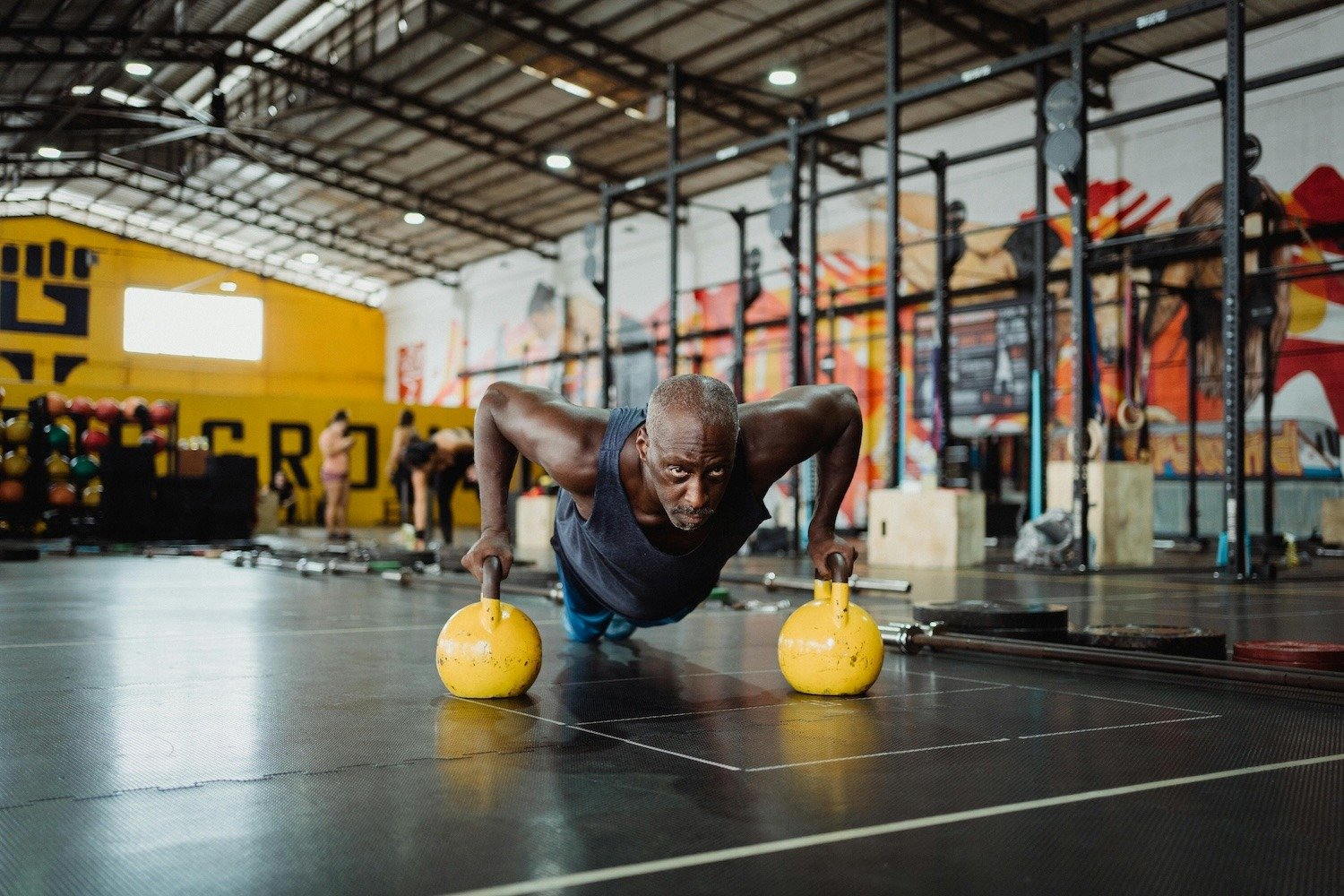We are living in a technological era that requires very little physical effort for our body, from ordering groceries online, to working long hours at a laptop – this often leaves the body very sedentary throughout the day, and if we are not intentional about finding opportunities to move, our muscle strength and mobility can deteriorate rapidly as we get older.
Movement is lubrication for your body and its benefits include promoting blood circulation, which is essential for reducing inflammation and joint stiffness, while improving cardiovascular health. Beyond the physical benefits, exercise also boosts your mood, cognitive function, and mental health, making it a holistic approach to healthy ageing.
It is recommended that we try to walk briskly for approximately 30 minutes, 3 to 5 times a week. Through the workday, try not to remain sitting for more than an hour at a time. Take a 60-second movement break after every hour of sitting – this could be a quick walk up and down the stairs, or doing a few squats, or stretching. Incorporating consistent, safe movement practices—guided by a healthcare professional, when necessary—can preserve mobility and enhance quality of life, keeping us active and independent for longer.
It is also important to remember that exercise should support and benefit your body and shouldn’t be painful - if you are experiencing pain with or after exercise, speak to a physiotherapist that can help build strength and mobility safely.
Sue Ramauthar is a Corporate Wellness Practitioner and Physiotherapist at SuedeWellness

